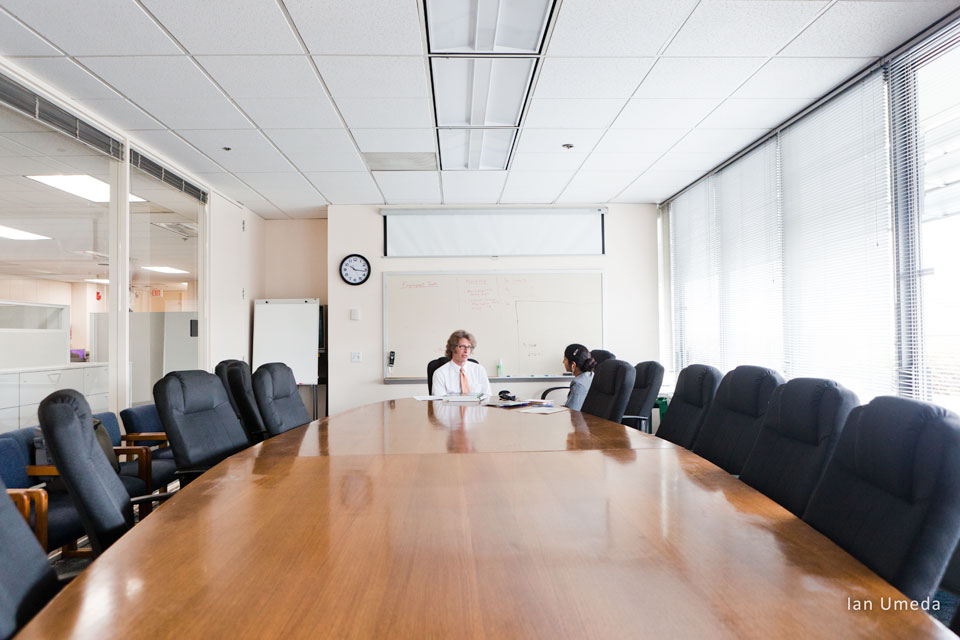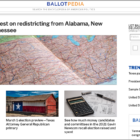Earlier: Is it ‘smart growth’ to build in the San Francisco Bay? Updates from the field (Sept. 13)
Some figures from the Association of Bay Area Governments (ABAG) to chew on:
- The Bay Area’s nine counties and 101 cities are home to 7.2 million people, making it the fifth most populous metropolitan region in the country
- Over the next 25 years region’s population is expected to increase by 1.6 million, an average of 64,760 new residents per year (about half of this increase is due to the difference between births and deaths, or natural increase. The other half is due to in-migration)
- 1.6 million new jobs will be added to the Bay Area’s existing economy by 2035
- About 700, 000 new homes will be needed by the same time to house the rising population
- The Bay Area is the most transit-rich region in California, yet only 6 percent of all trips people make are by public transit. Walking and biking account for only 10 percent of all trips. By 2030 congestion here is expected to increase by 103 percent
- Commuting between the Bay Area and the Central Valley is expected to grow by 90 percent during the same period (ie by 2030). In areas between San Mateo and Santa Cruz, the increase projected at 120 percent
- 50 percent of the region’s carbon emissions comes from the transportation sector alone, 84 percent of which is from on road vehicles.
[The Public Press is developing an in-depth report for the fall print edition and the website. We are raising funds on the journalism micro-funding site Spot.us to pay for the reporting and photography on the story.]










